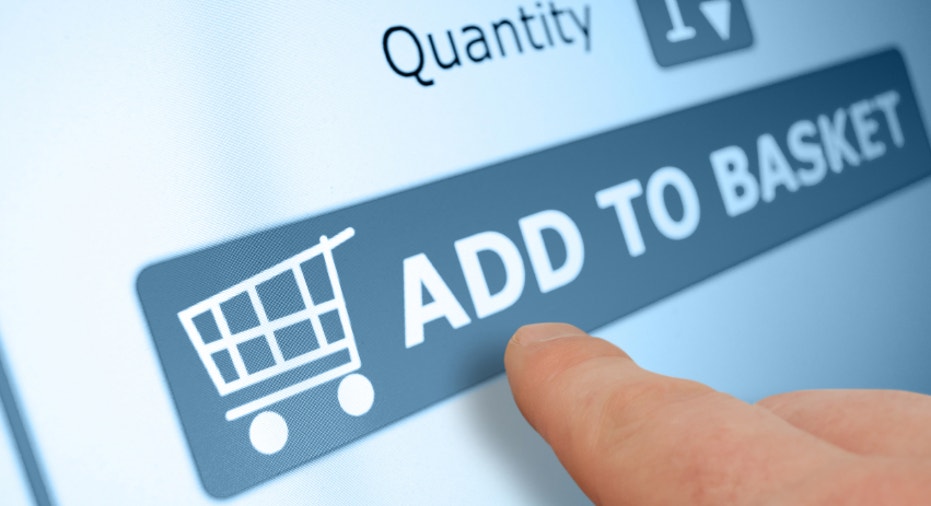Retail Balancing Act: Selling In-Store and Online

Where does your retail business sell its products? If you answered "only in-store," you're falling behind: Consumers in the digital age expect options when they shop, and if you're not offering those choices, your customers may pass you by for a more tech-savvy competitor.
"The two worlds have merged," said Josh Boaz, managing director and co-founder of digital marketing agency Direct Agents. "Consumers go into stores, evaluate products and buy online, or research online and go into the store for purchase. If you're not covering both spectrums, you're missing out."
Bala Ganesh, retail director at UPS, agreed, citing recent research by UPS showing that 40 percent of today's shoppers use a combination of online and in-store interactions to complete their purchases.
"The days of physical stores being separated from online [shopping] are over," Ganesh told Business News Daily. "They're no longer channels that are happening on their own. The UPS survey found that a large chunk of online shoppers cross channels during their shopping path. [Be present on] both channels and take advantage of that."
It's not always possible or economic for an online-only retailer to open up a physical storefront, but existing brick-and-mortar stores or wholesalers can easily introduce an e-commerce component to their sales to expand their customer reach.
"Our sales team tends to focus on retailer partners with larger sales potential and closer proximity," saidKate Hart, director of marketing for Marich Confectionery. "Smaller retailers who want to carry our products but have limited broker or distributor coverage can place [wholesale] orders online. Consumers try our products at tasting events or with friends, but have difficulty finding the products in their routine shopping locations. Online sales help us reach consumers that may not otherwise be able to purchase" our products.
Even if your company's main focus is creating a personalized in-store experience, like lingerie retailer Intimacy Bra Fit Stylists, there are still ways to capture the online shopper market. In addition to giving consumers a way to research your products before coming in-store to purchase your offerings, you can offer people a way to conveniently buy items they already know they want.
"We provide a specialty service of customized bra-fit styling sessions where stylists help customers find their perfect fit and style," said Kelly Schmidt, marketing director of Intimacy. "Translating our store experience to our online store is a bit difficult since we do not have the face-to-face interaction with clients, [but] if our clients know their size, the online shop is perfect for them. They skip going into the store but receive their premium product within days."
But for all the advantages a multi-channel sales strategy can give a retailer, there are still some challenges to this approach. Ankur Garg, COO of fitness startup Shredz Supplements, said that managing inventory versus cash flow and ensuring even demand on both channels have been his company's two greatest challenges in balancing in-store and online sales.
"Creating demand is how companies set themselves apart from competition. It's their 'secret sauce,'" Garg said. "The challenge is making sure that retail operations have a turnover ratio that works for the shipping schedules from the main warehouse. This isn't a problem for e-commerce [businesses], because product can be packaged and shipped as fast as it gets produced. But an [omnichannel] company has to take retail and e-commerce into account when stocking a warehouse."
There are a few different strategies retailers can use to help keep their sales operations well-balanced. Hart advised offering different items online versus in-store, to avoid inventory competition (i.e., selling seasonal or discontinued items online and current items in-store). She also advised requiring a minimum order for online purchases or grouping products together rather than selling them individually to make e-commerce more worth your while.
Ganesh said that the best way to balance a multi-channel sales strategy is to take a unified view of consumers online and offline by connecting their on- and offline behaviors via technology.
"The question a lot of retailers have is how to connect a person offline with what they buy online, how to recognize who they are in the store and know what they look at on your website, because people are switching back and forth," Ganesh said. "Link behaviors online with a unique ID through email or a mobile app, since 66 percent of customers use smartphones in-store."
Even if your business can't actually sell and ship products via e-commerce, it's still important to be in tune and up-to-date with the way customers want to interact with you on the Web.
"People are on the go, researching on phones and tablets," Boaz said. "If you're not savvy to what's happening out there and don't have the best-in-class SEO, [you'll miss out]. You still need to engage in the digital world, even if it's not always obvious."
Originally published on Business News Daily